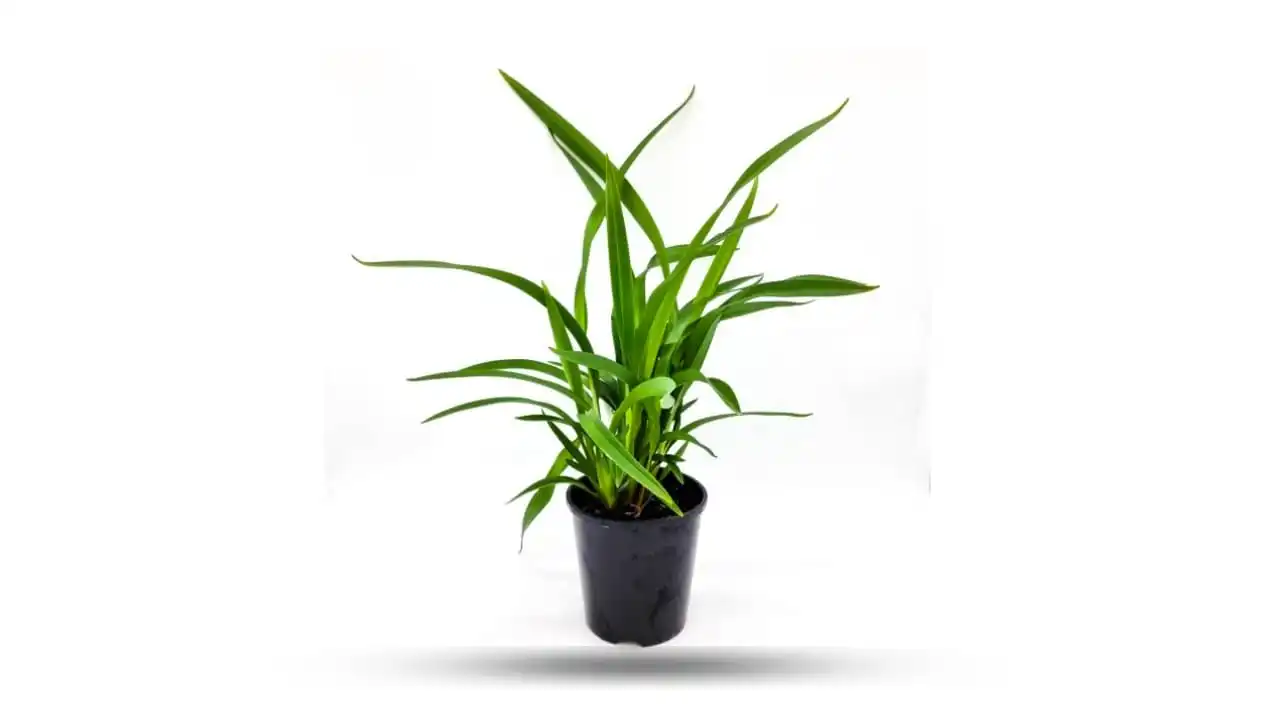Introduction
Flax Lily, known scientifically as Dianella Tasmanica, stands as a multifaceted and captivating botanical specimen within the Asphodelaceae lineage. Hailing from the vast terrains of Australia, this verdant gem has captured the admiration of enthusiasts globally, not merely for its aesthetic allure but also for its myriad utilitarian applications.
Quick Overview
| Common Name | Flax lily, Tasman Flax Lily |
| Scientific Name | Dianella Tasmanica |
| Sun Exposure | Full, partial |
| Soil Type | Sandy, loamy, well-drained |
| Soil pH | Acidic, neutral |
| Family | Asphodelaceae |
| Mature Size | Up to 1.5-2 ft. tall, 2.5-3 ft. wide |
| Plant Type | Perennial |
| Bloom Time | Spring |
| Flower Color | Blue, white, purple |
| Native Area | Australia, Asia |
Historical and Cultural Significance
Across epochs, Flax Lily has stood as an emblem of tenacity, its robust fibers woven into the fabric of indigenous Australian craftsmanship. Moreover, this botanical marvel resonates deeply within Aboriginal lore, embodying the virtues of resilience and malleability.
Types of Flax Lily
Dianella, comes in various species and varieties, each with unique features:
Dianella tasmanica (Tasman Flax Lily)
- Striking blue-green foliage
- Compact growth
- Blue flowers in spring/summer
Dianella revoluta (Black Anther Flax Lily)
- Broad, glossy green leaves
- Purple-black berries
- Versatile and hardy
Dianella caerulea (Blue Flax Lily)
- Long, strap-like leaves
- Blue flowers and berries
- Coastal garden favorite
Dianella ensifolia (Sword Leaf Flax Lily)
- Narrow, sword-shaped leaves
- Pale blue flowers
- Ideal for shady areas
Dianella intermedia (Coastal Flax Lily)
- Broad green leaves
- Bright blue flowers
- Salt-tolerant
Dianella longifolia (Pale Flax Lily)
- Lance-shaped leaves
- Blue flowers
- Hardy and adaptable
Each variety offers a unique aesthetic and adapts to different growing conditions, making them versatile choices for various garden settings.
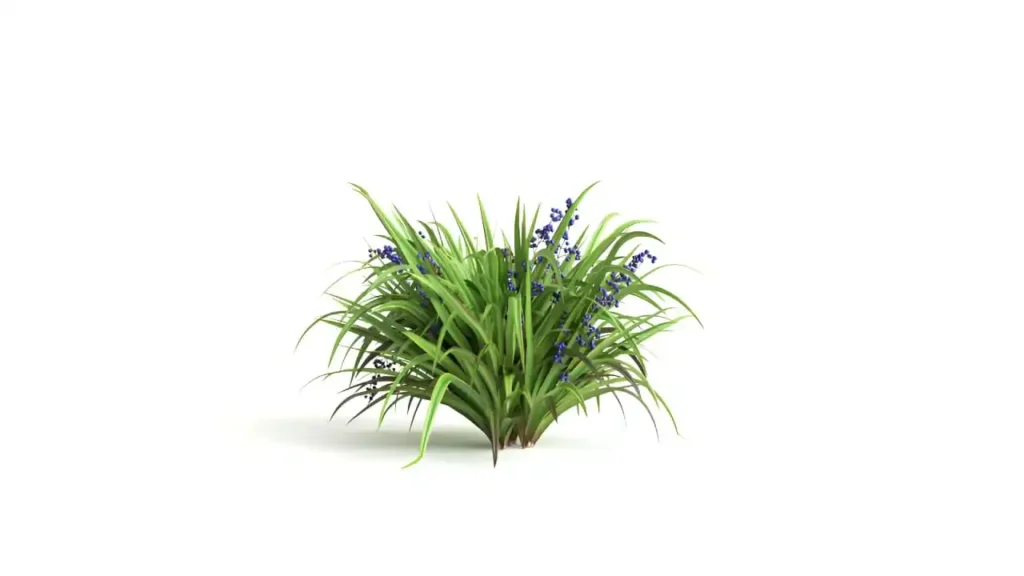
Read Me – Dwarf Jade: The Ultimate Care And Growing Guide
Caring: Nurturing For your Dianella Tasmanica
Nurturing your Dianella Tasmanica isn’t as straightforward as it seems. With keen observation and a dash of care, you can cultivate a resplendent and vibrant Flax Lily that elevates any setting. Dive into this comprehensive manual to ensure your Flax Lily’s prosperity:
Watering
Flax Lily thrives on methodical hydration; it’s an equilibrium game! Administer water consistently during its vibrant growth stage, ensuring the upper soil layer experiences a hint of dryness between each watering session. This method appeases the roots and circumvents any potential water saturation mishaps.
Fertilization
Springtime nourishment paves the path for your Plant’s triumph. Select a harmonious, gradual-release fertilizer to enrich it judiciously. Bear in mind, moderation reigns supreme; excessive feeding might prove detrimental.
Pruning
Occasional pruning maintains your Plant’s aesthetic allure. Remove any withered blooms, discolored foliage, or impaired segments using sanitized shears. This action not only refines its visual appeal but also deters lurking pests and ailments.
Mulching
An organic mulch layer serves as a protective embrace for your Flax Lily. It conserves moisture, curtails weed proliferation, and stabilizes soil temperature. Opt for biodegradable mulches such as bark fragments or straw, ensuring uniform distribution for optimal efficacy.
Winter Care
Though Flax Lily tolerates mild cold, extended freezing conditions are its nemesis. If residing in a frigid region, contemplate additional shielding using frost-resistant fabric or contemplate relocating potted Flax Lilies indoors during winter’s chill.
Monitoring
Routine Dianella Tasmanica surveillance is a prudent strategy. Monitor diligently for any anomalies, be it intrusive insects or indicative symptoms of maladies. Proactive intervention can dramatically elevate your Flax Lily’s well-being.
Armed with these intricate care guidelines, you’re on track to basking in a flourishing Plant that garners admiration. Monitor its reactions attentively, and you’ll ascend the ranks to Dianella Tasmanica care aficionado status swiftly! Engage in joyful horticulture!
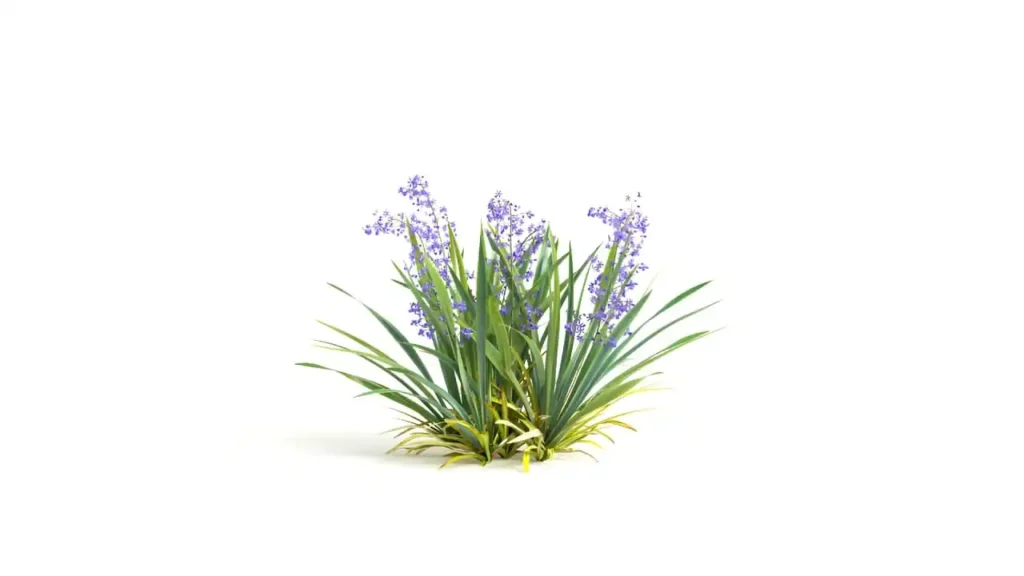
Propagating: Your Guide to Multiplying
The Simple Art of Division
Imagine sharing a delightful secret with a close friend; that’s what dividing a Flax Lily feels like. It’s a simple, rewarding process that lets you spread the joy of gardening. Here’s how to do it:
- Hydrate the Plant: Start by giving your Flax Lily a good soak. Moist soil is your friend when it comes to root work.
- Timing is Everything: Spring is nature’s signal for new beginnings, making it the perfect time to divide your Flax Lily.
- Digging In: Carefully dig around the base, taking care to avoid damaging the roots.
- Splitting the Love: With gentle hands or a sharp tool, divide the plant into smaller clumps. Each piece should have a healthy root system and a few shoots.
- Settling In: Plant these new divisions in their chosen spots, ensuring they’re at the same soil level as before. A generous watering helps them settle comfortably.
Growing from Seeds: A Journey of Patience
Raising Flax Lily from seeds is like nurturing a dream—it requires patience but is incredibly fulfilling. Here’s how to start this journey:
- Harvesting Seeds: Wait for the berries to darken, signaling they’re ripe for picking. Separate the seeds from the pulp.
- Cleaning Time: A quick rinse clears any remaining debris. Allow them to air dry completely.
- Planting: Fill a container with quality potting mix. Scatter the seeds and lightly cover them.
- Finding Their Place: Position the container in a warm, bright location, ensuring the soil remains consistently damp but not waterlogged.
- Reaching Independence: Once your seedlings sprout leaves, they’re ready for their own space—whether in pots or directly in the garden.
Top Tips for Successful Propagation
- Choose Vigorously: Select robust, healthy plants as your propagating champions.
- Consistent Moisture: Regular watering ensures optimal growth, especially during the early stages.
- Vigilant Observation: Keep an attentive eye on your new plants, watching for signs of stress or unwanted visitors.
With these techniques, you’re well-equipped to expand your Dianella Tasmanica family and enjoy the beauty they bring to your garden.
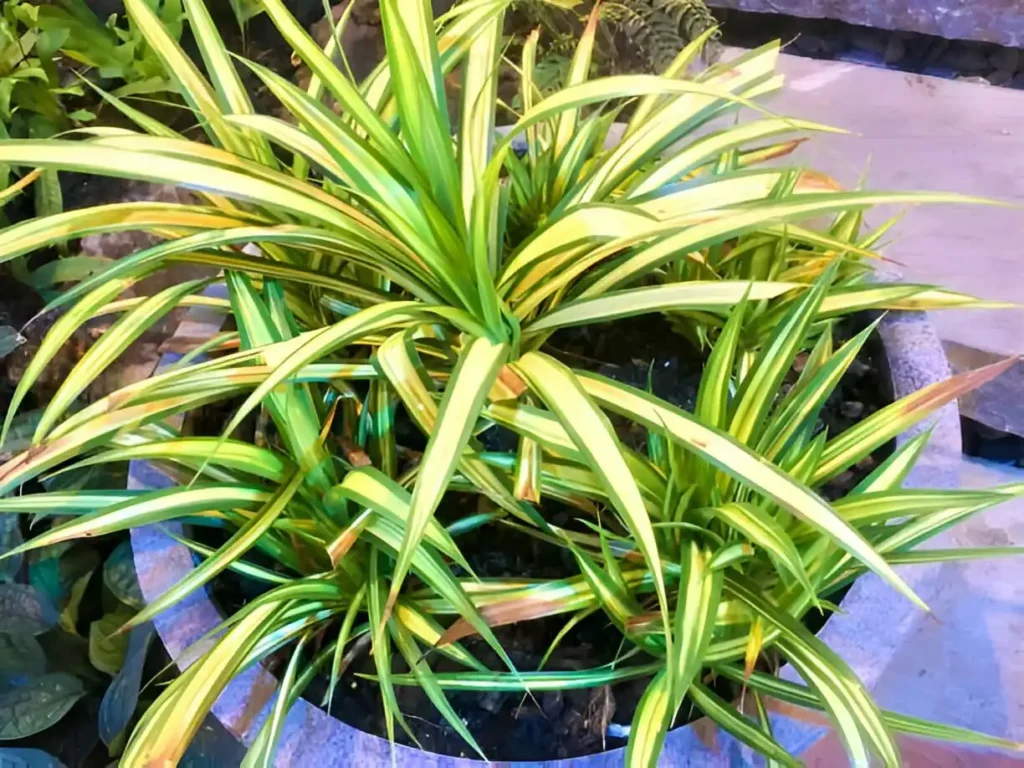
Potting and Repotting: An Enlightened Approach
Selecting the Optimal Vessel
Upon acquiring a splendid Flax Lily, the question arises: where shall its abode be? The essence lies in opting for a receptacle that facilitates efficient water drainage. Seek out a vessel endowed with perforations to ensure the roots maintain an environment of contentment and vitality. Consider dimensions as well; ensure the container provides sufficient expanse for the roots to proliferate and luxuriate. Envision this as selecting a snug dwelling where your Dianella Tasmanica can thrive.
Determining the Quintessential Soil Composition
Regarding soil, an equilibrated blend becomes the ideal comrade for your Flax Lily. Aim for a substrate that retains moisture judiciously, steering clear of saturation. Incorporating organic constituents such as compost or peat moss can augment the plant’s nutritional intake and refine soil consistency. For those aspiring for refinement, infuse perlite or sand to bolster drainage. This fosters a ventilated soil medium, guaranteeing ample oxygenation for the root system.
Repotting: Timing and Methodology
Repotting equates to granting your Flax Lily a rejuvenated inception, and here’s the blueprint for seamless execution:
- Strategic Timing: Strategize repotting endeavors biennially or when your Dianella Tasmanica evinces signs of spatial restriction. Should its roots manifest externally or enwreath the vessel’s periphery, it signals a necessary transition.
- Preparatory Measures: A couple of days preceding repotting, imbue your Plant with generous hydration. This facilitates root loosening, rendering them more malleable for manipulation.
- The Transplant: Extract your Dianella Tasmanica from its extant container with care, ensuring root integrity. Dislodge residual soil and scrutinize the roots for anomalies. Should any sections appear compromised or decayed, excise them with precision.
- Acclimatization: Opt for a receptacle slightly more expansive, equipped with drainage apertures. Populate it with novel soil, position your Flax Lily, and encompass it with the substrate. Exert gentle pressure for stabilization.
- Concluding Gesture: Post-repotting, bestow upon your Dianella Tasmanica a comprehensive irrigation session to consolidate the soil around its roots. Permit surplus moisture to evacuate before reinstating it in its customary location.
Armed with these sophisticated guidelines, you’ll be adeptly poised to cultivate and rejuvenate your Flax Lily, ensuring its vibrancy and enhancing your living space for an extended duration.
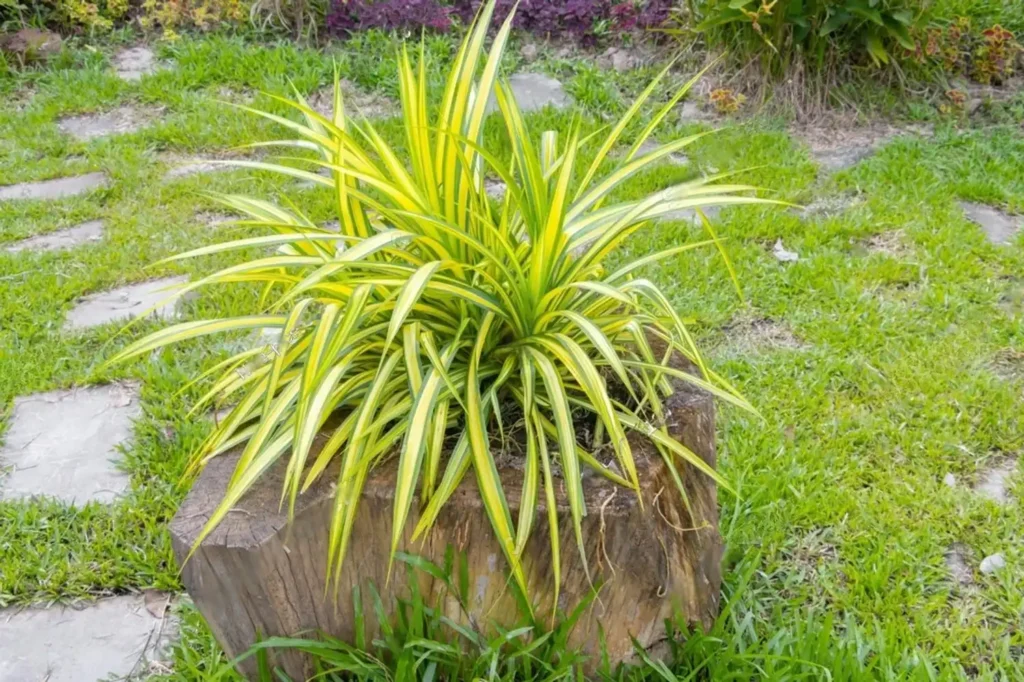
Pests and Diseases: Guarding Your Flax Lily
In the realm of gardening, contending with pests and diseases occasionally emerges as an integral chapter, even for the robust Plant. Let’s delve into the frequent offenders and strategies to bolster the vitality of your Plant!
Unwelcome Intruders: Decoding the Pests
Flax Lily often boasts a formidable defense against the majority of pests. Yet, sporadically, certain bothersome creatures attempt to establish residence. Aphids, minuscule insects with a penchant for congregating beneath leaves, induce curling and yellowing. Mealybugs, despite their innocuous, downy countenance, inflict harm by extracting sap. Then, the sluggish snails, leisurely devouring leaves, can mar the appearance of your Flax Lily.
Constructing a Pest-Resistant Haven
A proactive stance remains pivotal in deterring pests from encroaching upon your Flax Lily. Consistently maintaining garden cleanliness, clearing away fallen foliage and weeds, eradicates potential sanctuaries for pests. Furthermore, cultivating a varied array of flora can entice beneficial insects, fostering a balanced and harmonious garden ecosystem.
Subtle Remedies: Embracing Natural Pest Management
Encountering pests on your Dianella Tasmanica need not induce panic. Several benign yet potent natural remedies facilitate effective pest management. Neem oil, an exemplary natural deterrent, when diluted with water, can be applied to afflicted regions, dissuading pests. Another environmentally conscious alternative is insecticidal soap, directly targeting pests while preserving beneficial insects and the well-being of your Flax Lily.
Concluding Thoughts
Though Flax Lily epitomizes resilience, vigilance against pests and diseases remains paramount. Upholding meticulous garden hygiene, championing biodiversity, and resorting to natural remedies as needed will foster the flourishing and longevity of your Plant!
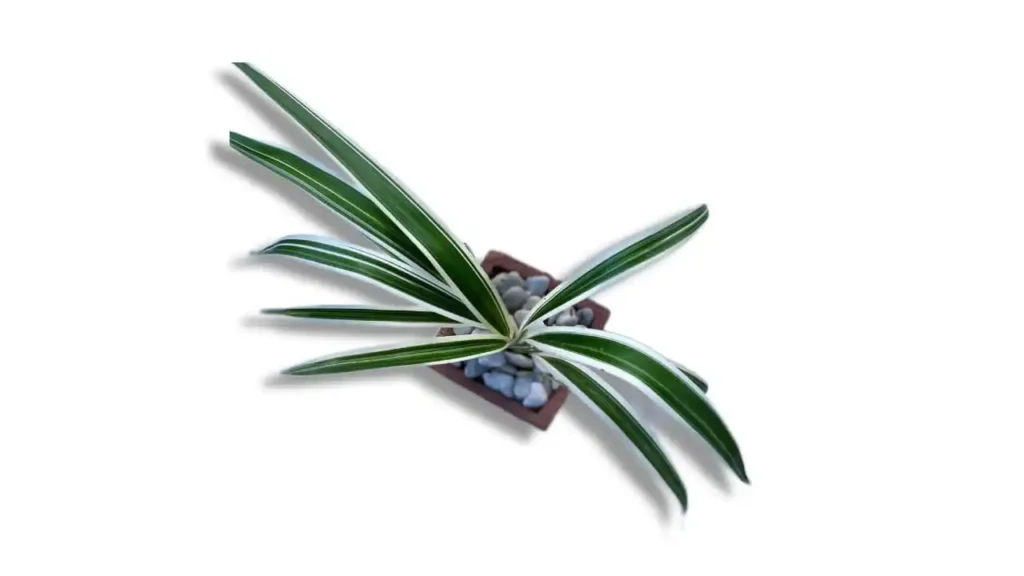
Common Problems: Mastering Flax Lily’s Quandaries
Limp Leaves: The Evident Echo of Strain
Have you discerned a pallor settling upon your Flax Lily’s verdant canopy? A once-jaunty foliage now assumes a drooping demeanor, a palpable cue of discord. Overabundant hydration suffocating the root system or insufficient moisture rendering it parched can both diminish the leafy exuberance.
Golden Foliage: A Troubling Transition
Should your Flax Lily unfurl leaves tinged with a golden cast, heed the clarion call. This chromatic shift may signify a cry for essential nourishment or the unwelcome invasion of aphids and mealybugs. Vigilance in monitoring these chromatic transformations allows for early detection and remedial intervention to rejuvenate your Plant.
Subterranean Saboteur: The Covert Culprit of Decay
Albeit disconcerting in name, root rot poses a tangible menace to Plant specimens. This fungal adversary flourishes in excessively damp earth, progressively asphyxiating the roots and precipitating their decline. A stale aroma wafting from the soil or the sight of wilting foliage and yellowing leaves heralds the potential encroachment of root rot.
Uninvited Foragers: Pestilential Predicaments
While Flax Lily exhibits tenacity, it remains susceptible to pestilent invaders. Aphids, mealybugs, and snails can voraciously consume your plant’s leaves and floral buds, inflicting harm and distress. Detecting these interlopers necessitates immediate action! Employ eco-friendly deterrents like neem oil or insecticidal soap to safeguard your Flax Lily’s well-being.
Essential Element Deficiencies: The Starving Siren’s Call
Does your Plant exude an aura of waning vitality? It may yearn for a nutritive infusion. A paucity of vital components like nitrogen, phosphorus, or potassium can dim its vibrancy and vitality. A judicious application of a balanced fertilizer can satiate your Flax Lily’s nutritional cravings, fostering renewed vigor.
Concluding Insights
Flax Lily stands as a resplendent and robust botanical entity, yet it confronts its share of impediments. By discerning these prevalent challenges and adopting anticipatory measures, you can perpetuate your Plant’s radiant prominence within your garden milieu. A modicum of attention and a dollop of patience promise enduring appreciation of your Flax Lily’s aesthetic allure.
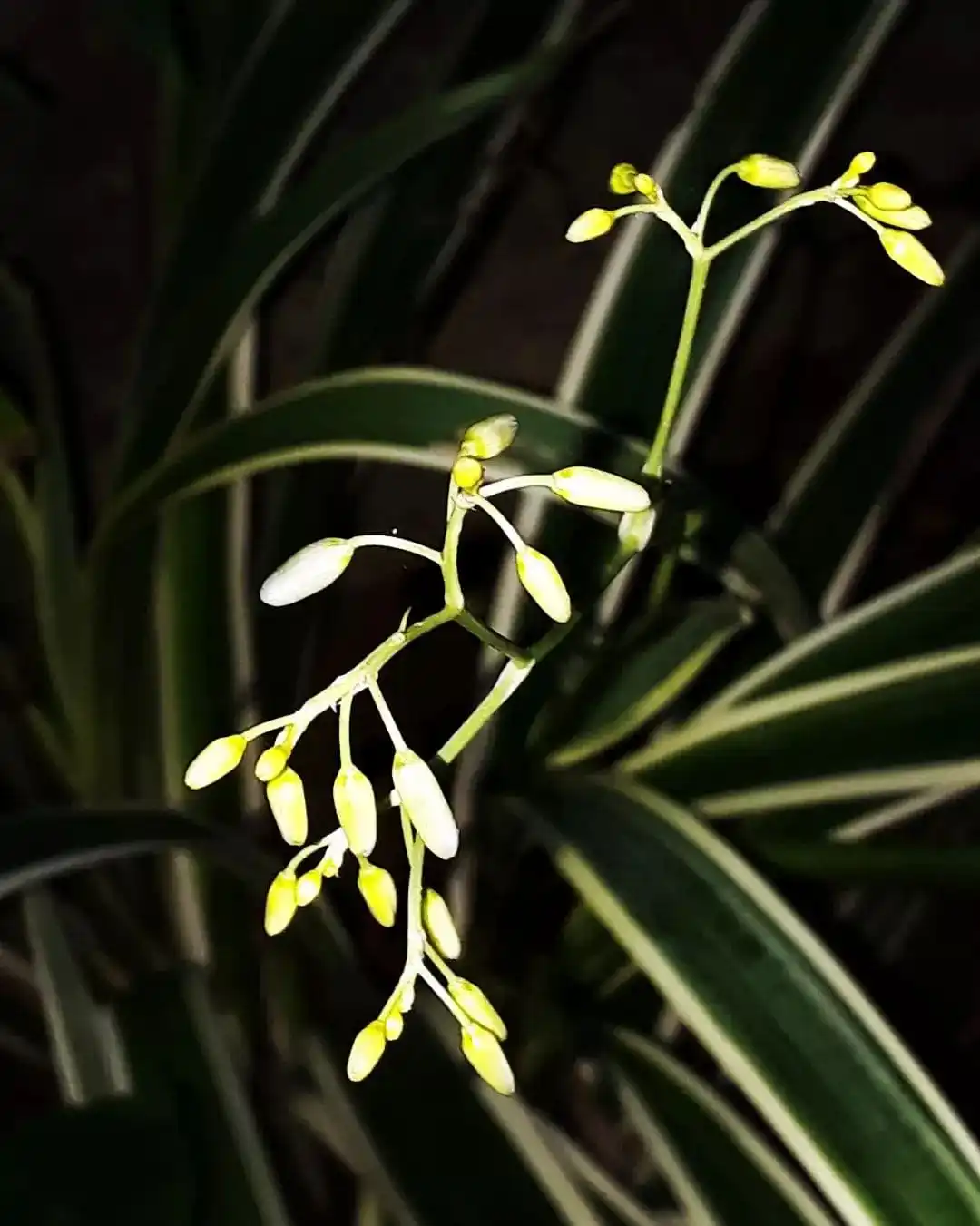
FAQs: Frequently Asked Questions
Is Flax Lily easy to grow?
Yes, Flax Lily is known for its adaptability and resilience, making it relatively easy to grow for both novice and experienced gardeners. This hardy plant can tolerate a variety of conditions, including drought and partial shade, making it a versatile choice for landscaping projects. With proper care and maintenance, Flax Lily can thrive and enhance the beauty of any garden or outdoor space.
How often should I water Flax Lily?
Watering Flax Lily depends on various factors such as the climate, soil type, and plant maturity. Generally, it’s recommended to water Flax Lily regularly during the growing season, allowing the soil to dry out slightly between waterings to prevent root rot. Monitoring the soil moisture and adjusting your watering schedule accordingly will help maintain the plant’s health and vitality.
Does Flax Lily attract pests?
While Flax Lily is relatively pest-resistant, it may occasionally attract common garden pests like aphids, mealybugs, or snails. Regular monitoring of your plants can help identify and address pest infestations early. Maintaining good garden hygiene by removing dead leaves and debris can also help prevent pest infestations and keep your Flax Lily healthy.
Can I eat Flax Lily berries?
Some indigenous communities have traditionally used Flax Lily berries as a food source. However, it’s essential to exercise caution and ensure that you correctly identify the plant before consuming its berries. While they are rich in nutrients, it’s always advisable to consult with a knowledgeable expert or healthcare professional to ensure the safety and suitability of Flax Lily berries for consumption.
How can I propagate Flax Lily?
Flax Lily can be propagated through various methods, including division and seed propagation. Division involves separating the plant into smaller clumps and replanting them in suitable locations. Seed propagation requires collecting mature seeds from the plant and sowing them in a well-prepared seedbed. Providing adequate moisture, warmth, and care will help ensure successful propagation and healthy growth of new Flax Lily plants.

